Demo Night: How Project-Based Learning Comes to Life at Bennett Day Upper School
At our Trimester 2 Demo Night, attendees explored and asked questions about 5 unique small group projects that dug deeply into migration in an effort to determine how we, as citizens, can make lives better for people around the world who either choose to or are forced to migrate from their home.
Bennett Day Upper School students spend half of each school day engaged in a project-based learning (PBL) course, the theme of which rotates on a trimester basis. The model is based on the Buck Institute for Education’s “High Quality PBL Framework.” You can read all about the framework on their site, which is located here.

Our Trimester 2 project-based learning theme was focused on the history and science behind human migration. They looked at how migrants moved over time, how current immigrants and refugees move around the world, and the physical, mental, and emotional challenges that come with migration in the modern world.
Read on to learn more about the project-based learning process and the Trimester 2 small group projects.
Project-Based Learning (PBL) Process:
Each trimester, our project-based learning course moves through five different phases. Here’s how our Migration unit took shape across each stage:

Phase One: Provocation
During this phase, the goal is to expose students to our thematic topic from as many different angles as possible, to spark curiosity. This might include things like taking field trips, viewing documentaries, visiting with expert speakers, seeing live productions, analyzing artwork, and so much more. Students are asked to use their five senses to intentionally notice and note their surroundings, as they will later use those observations for further investigation.
Phase Two: Question Storming
In this phase, students reflect on their observations and develop questions that drive their research. Students are asked to consider both quantitative and qualitative types of questions: quantitative having more to do with statistics and facts, while qualitative questions consider more nuanced and perhaps, opinionated questions. Students also aimed to ask questions across the STEAM spectrum (science, technology, engineering, arts, mathematics).
Phase Three: Preparation & Research
After students identify the topics they are most interested in researching, they break into small groups to frame the key driving questions around those topics. Teachers then develop guided lessons around student-generated questions and skill-based instruction on the research process.
Phase Four: Project Design
During this phase of PBL, students are then asked to take what they have learned and demonstrate it in a tangible way to educate an authentic audience. This can take many different forms—activism, building, crafting, writing, painting, audio/video work, and so much more. They are asked to collaboratively design with their group members for at least part of their demonstration.
Each group then goes through the design-thinking process of empathizing with their audience, defining the task and potential problems, ideating, prototyping their best ideas, and finally testing and refining their products. During this process, students learn invaluable lessons about group collaboration, communication, and keeping a growth mindset to push through challenging iterations.
Phase Five: Demonstration & Reflection
Each trimester culminates in a public demonstration of student work called “Demo Night,” in which parents, members of the community, and other project-relevant guests are invited to learn from Upper Schoolers.
Students take ownership over every aspect of Demo Night planning and execution, including but not limited to: logo and program design, introductory speeches, event coordination and operations planning, room setup, food orders and deliveries, technology assistance and setup, music and visuals, seminar exhibit planning, and so much more. They spend the evening educating attendees about their work and its importance.
Trimester 2 Demo Night Small Group Projects:
(The descriptions below were originally published in a brochure that was created by Upper School students and distributed at Demo Night.)
Group 1: Migrant Experiences
The Migrant Experiences group studied the mental and emotional health, governmental concerns, and economics of migrants. They learned that many migrants go through hardships and struggles but also observed an inability for mass populations to connect and relate. People cannot fully understand what it must like to be migrant. The group designed an interactive “choose-your-own-adventure” exhibit to help bridge this divide, and re-establish empathy by following these stories.
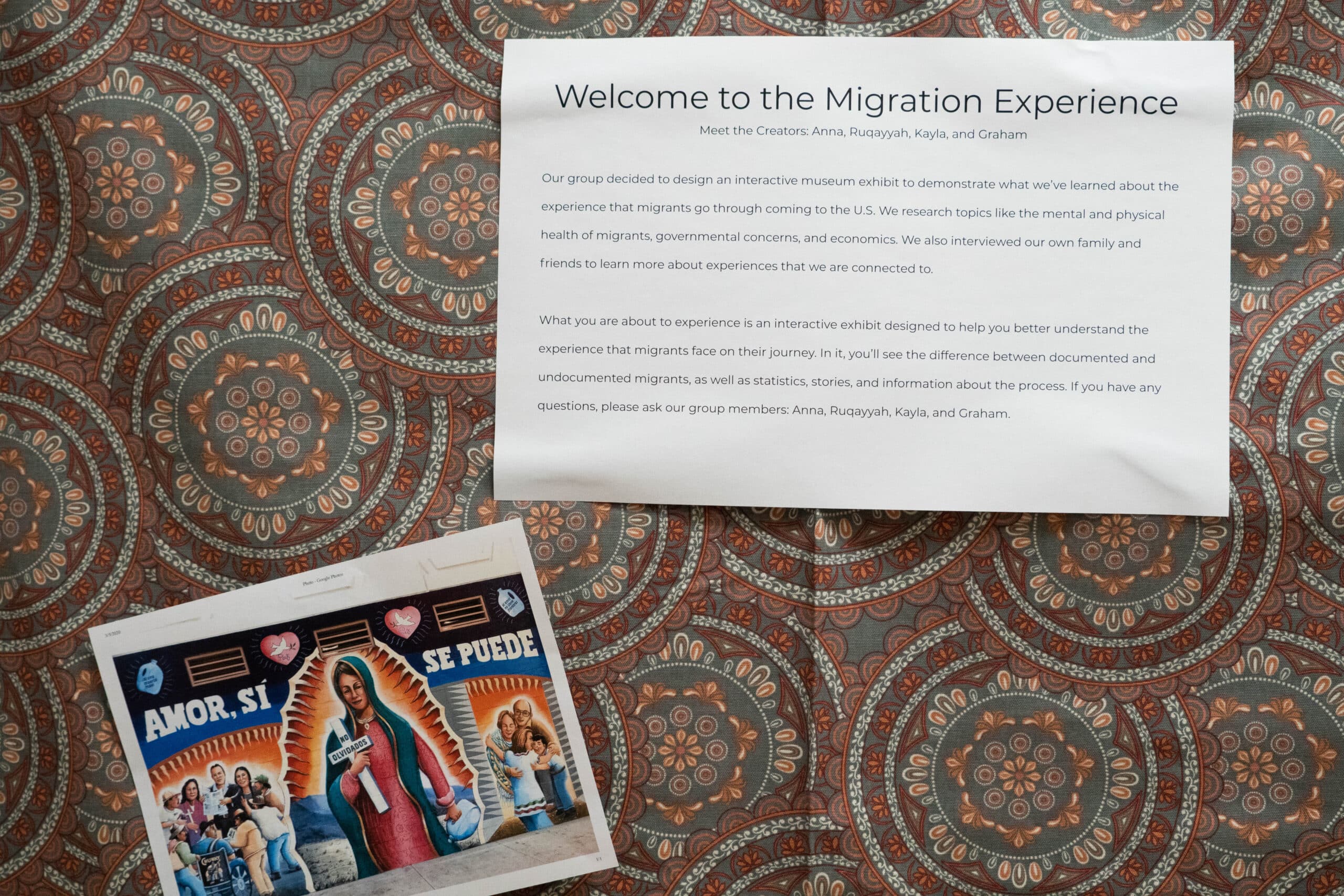
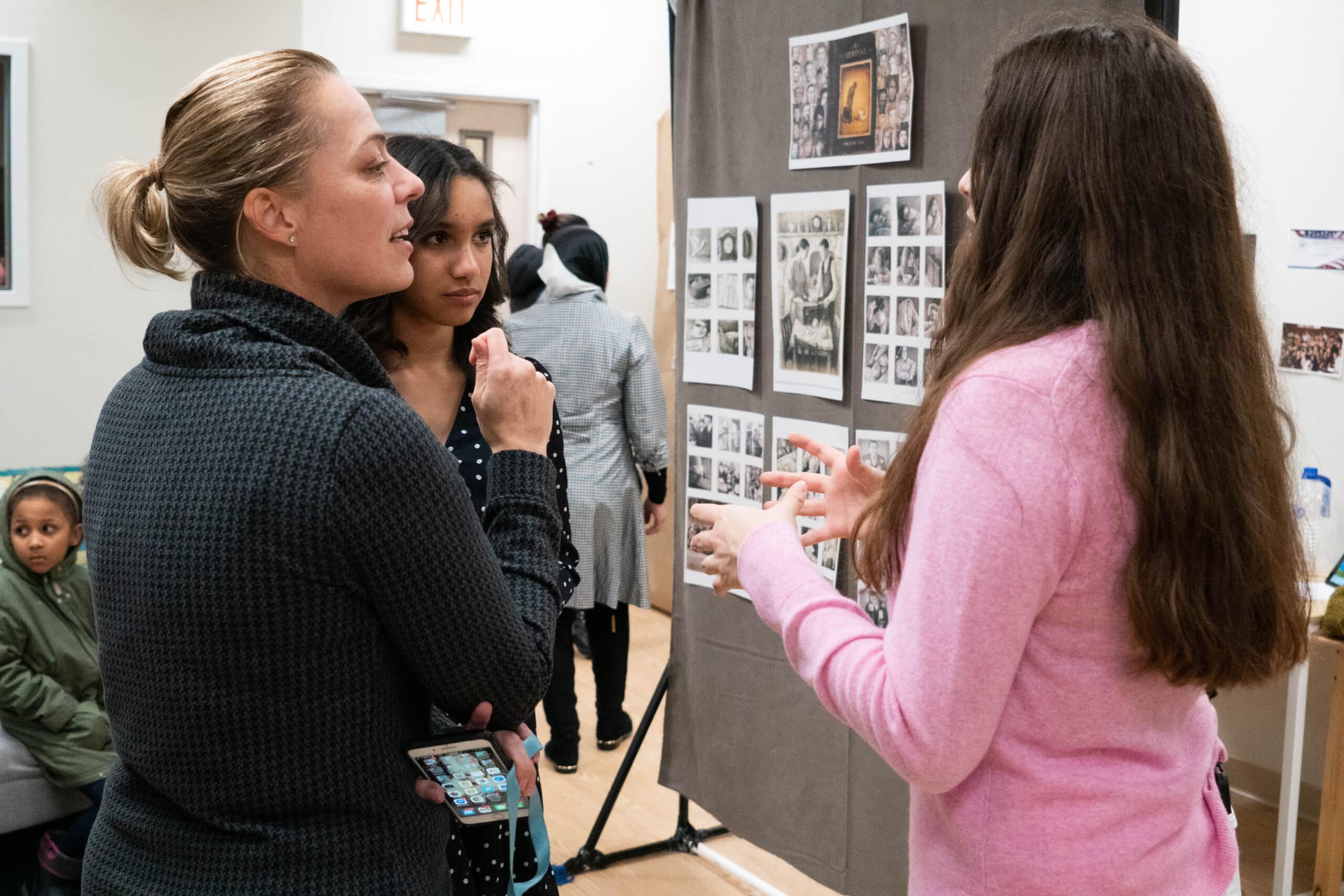
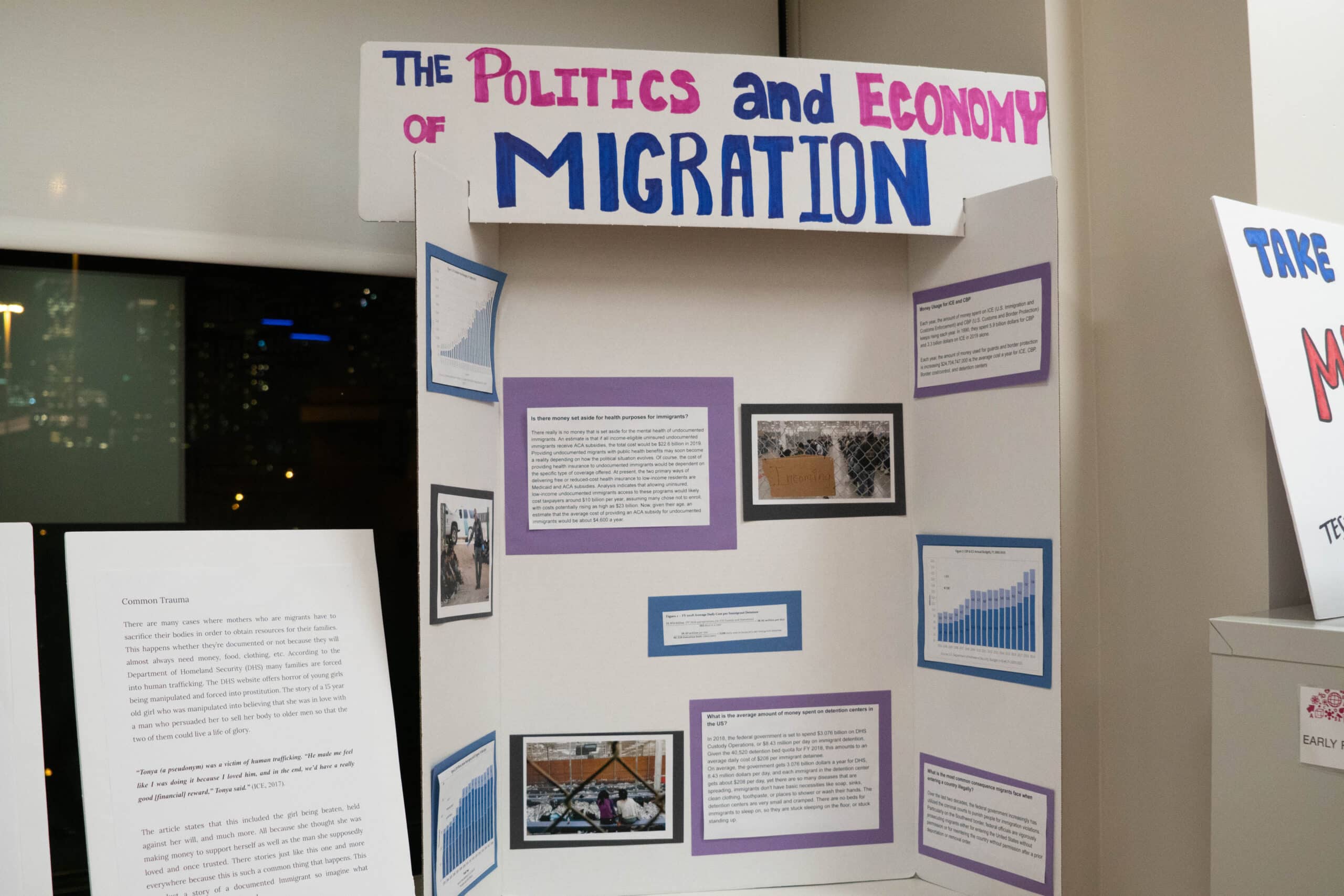

Group 2: Water Filtration
The Water Filtration group studied the living conditions in the Kobe and Melkadida Camp in Ethiopia, focusing on water access. They designed an effective system of filtering water for these camps using the local Genale river, utilizing plants like Cattails and Water Hyacinths to act as water purifiers. They tested the practicality of their system through a smaller-scaled version of what they hope can be implemented in the future for Ethiopia.
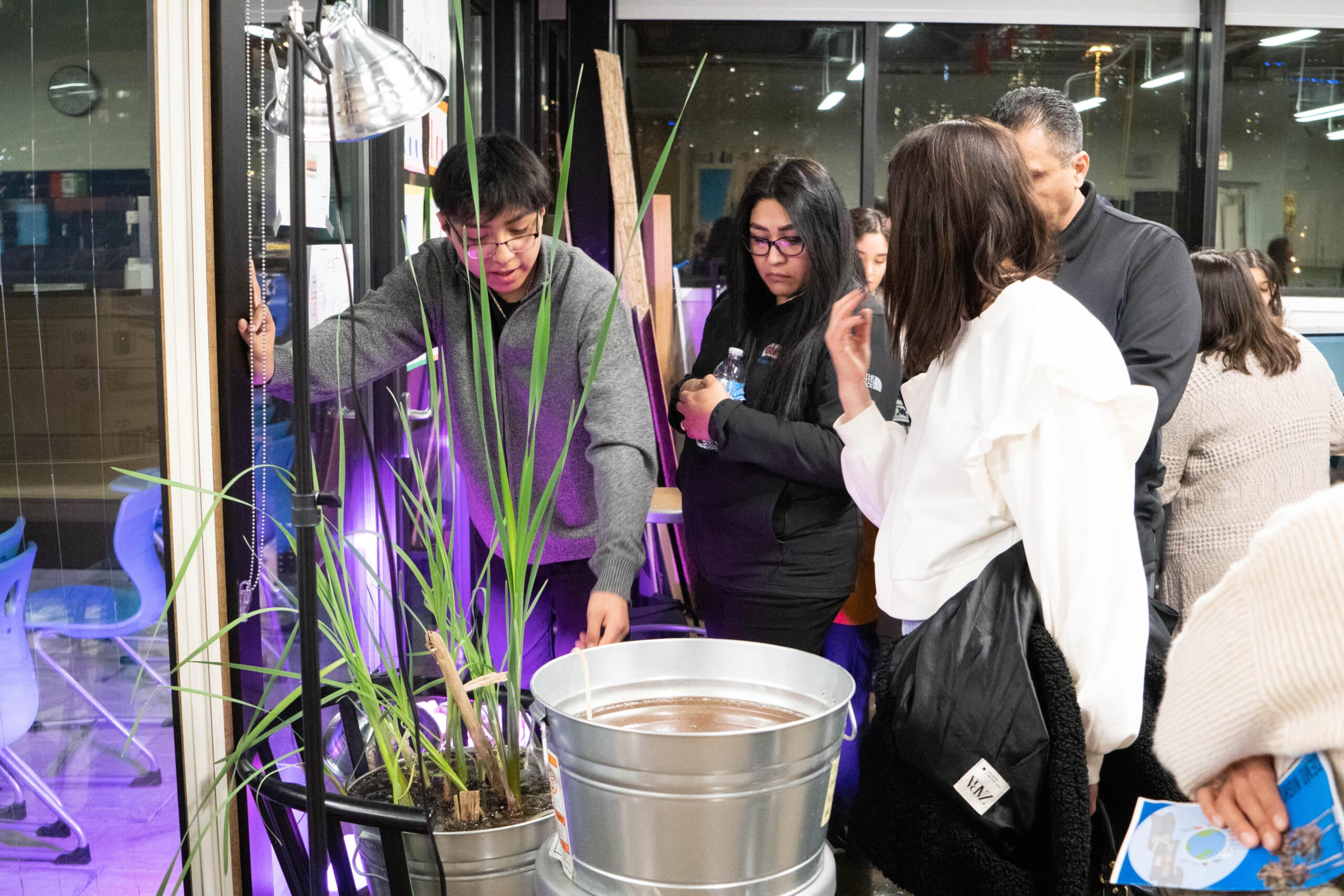
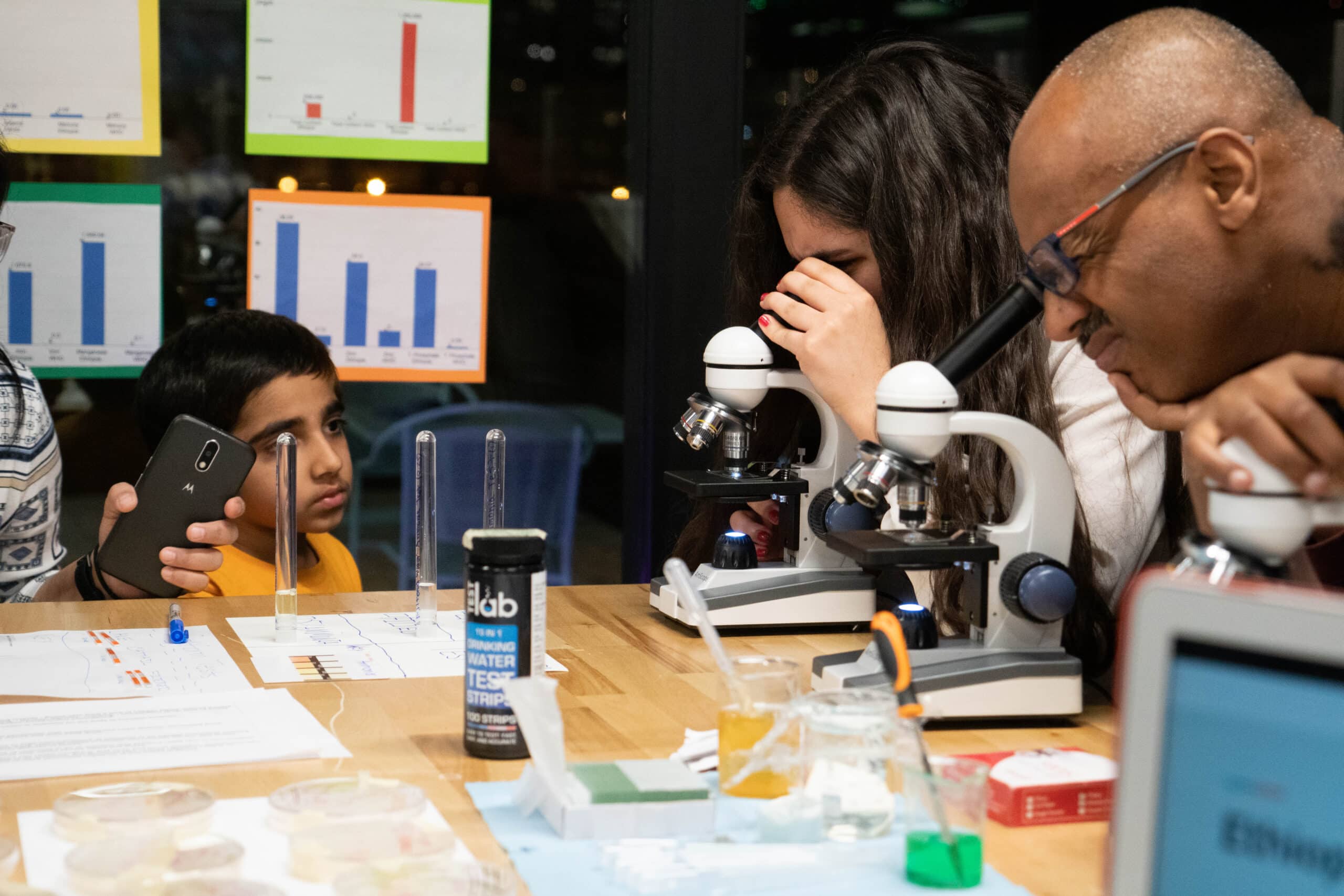
Group 3: Refugee Camps
The Refugee Camp group studied the Moria Camp is Lesbos, Greece — one of the most underfunded and overcrowded migrant camps. They discovered the camps to be in terrible living conditions and weren’t safe at all. In response to this, the group designed 3D models to represent their ideal migrant camp of the future.
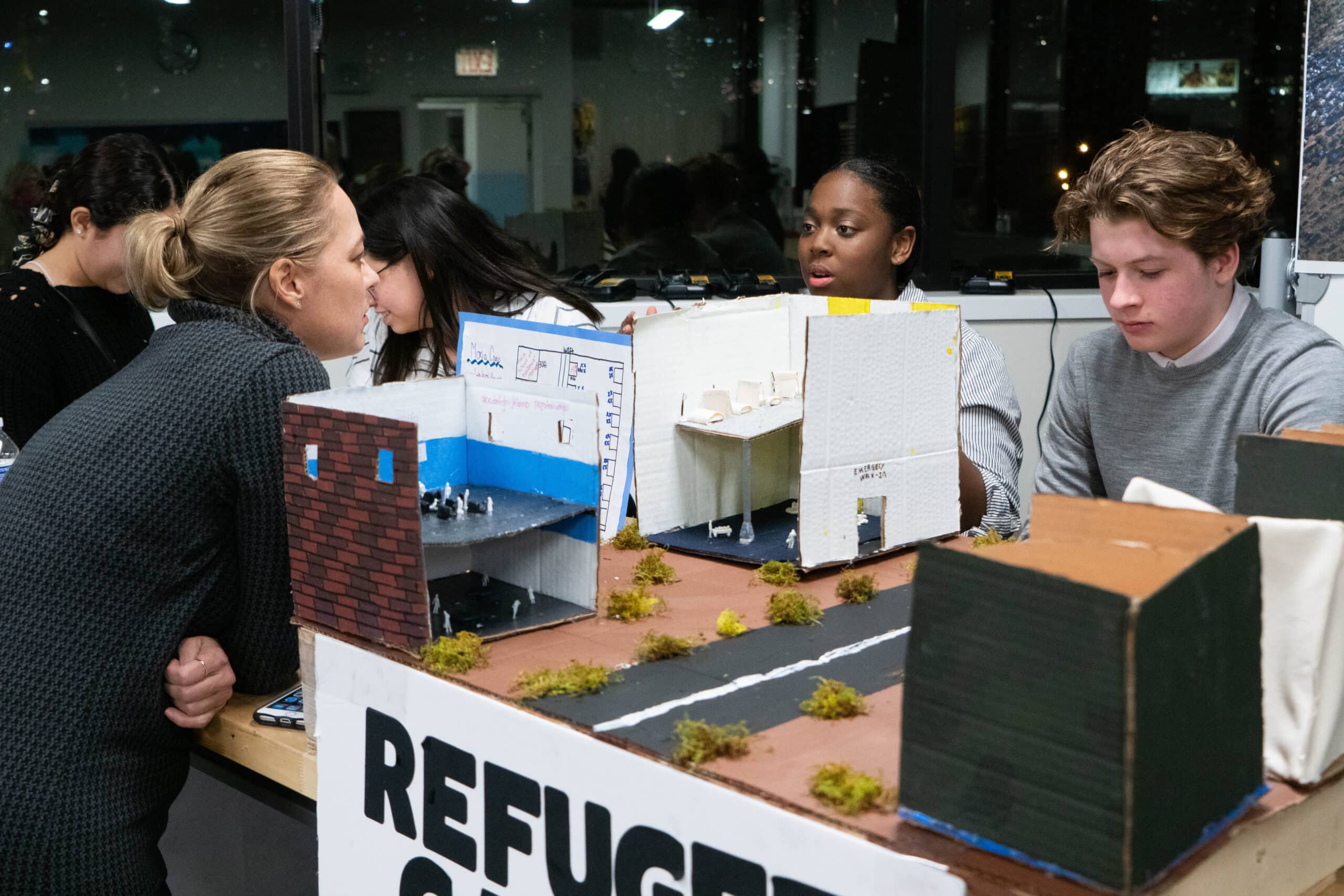

Group 4: Migrant Medical Kit
The Migrant Medical Kit group studied the health of migrants crossing the Tijuana/San Diego border. They discovered high migrant death rates, extreme geographical conditions of the Sonoran Desert, and frequent instances of violence. They designed “The Corazón Project”, a hypothetical non-profit organization with a goal of distributing medical kits to migrants. As their slogan goes, “It Comes From the Heart.”
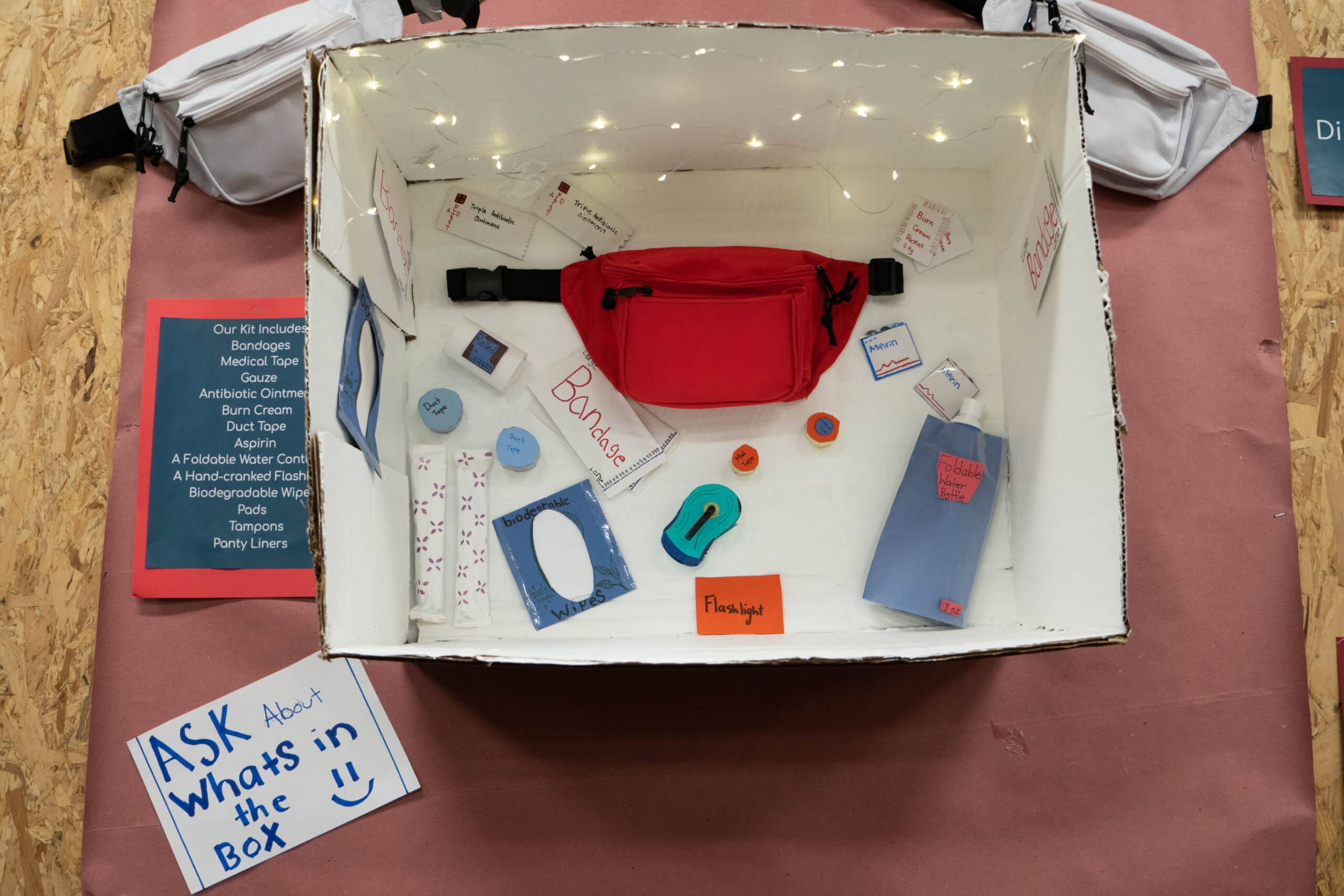
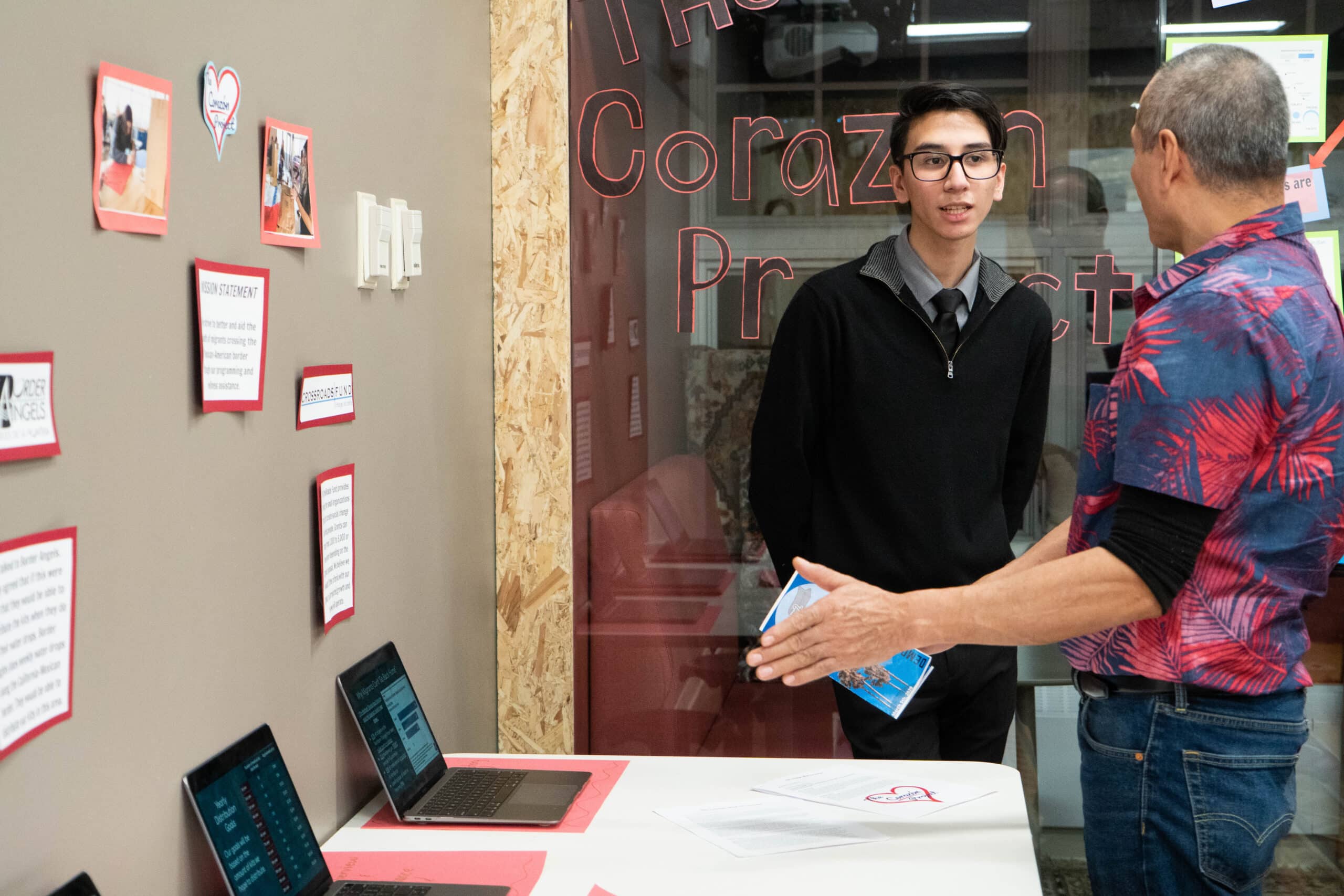
Group 5: Mapping Migration
The Mapping Migration group studied the paths that refugees currently have to take when fleeing their home countries and the obstacles they encounter. They researched and mapped common migrant routes that refugees from Central America and the Middle East must take and wrote about barricades they have to overcome. They’ve designed maps showing the various treacherous paths that refugees experience in their efforts to escape.

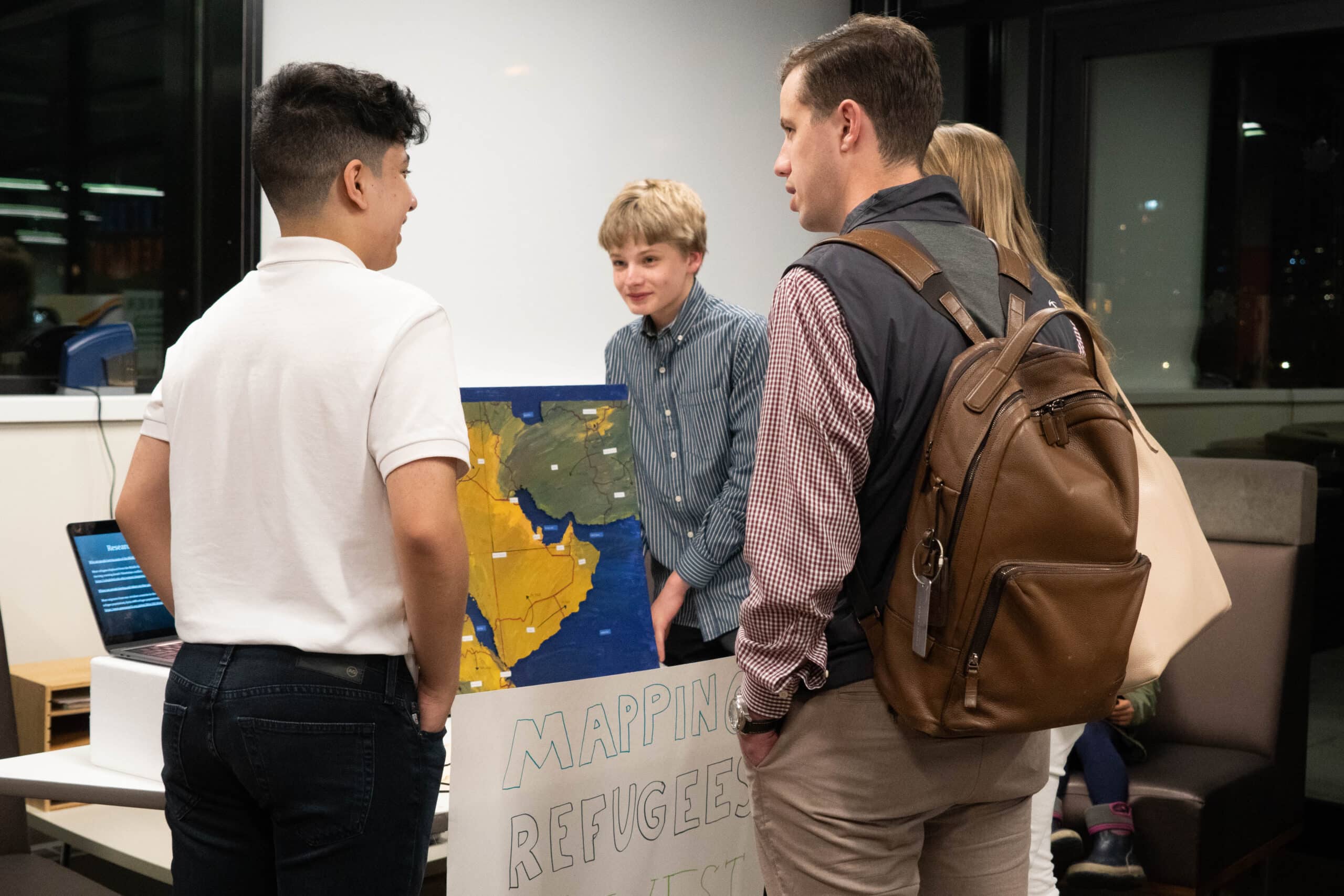
Presentations of Learning (POLs)
Following all Demo Nights, students end the trimester by deeply reflecting upon their growth throughout the prior 12 weeks. In their final Presentations of Learning (POLs), students deliver a filmed presentation to classmates and teachers describing the highs and lows of their learning journeys and what they have learned about themselves as individuals and collaborators.
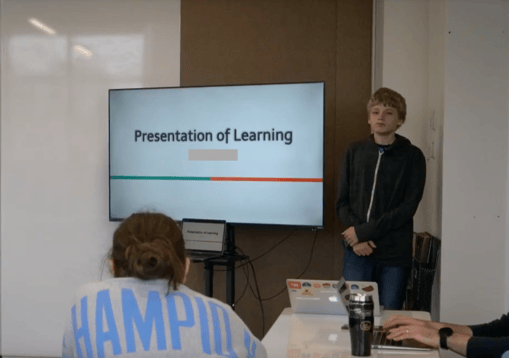
Click here to read about our Upper Schoolers’ Trimester 1 project-based learning (PBL) around “The Shape of Chicago.”
Think project-based learning could benefit your child? Join us at an upcoming Open House to learn more about our program!
{{cta(‘441f1680-21d5-4b24-8128-834d74bde7e6’)}}